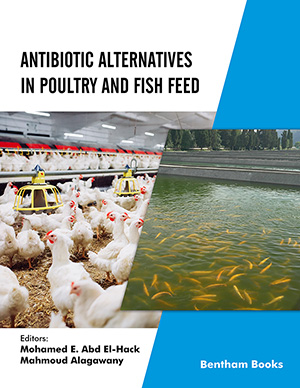Abstract
In recent years, the scientific community, food industry, consumers and media have revealed a growing interest regarding the potential benefits of tea consumption for human health. Several studies indicate that phenolic compounds, especially flavan-3-ols (catechins), are the main components responsible for the medicinal effects of this beverage due to their recognized antioxidant properties. Antioxidants are ascribed to reduce cells and biomolecules oxidative damage caused by reactive oxygen/nitrogen species (ROS/RNS). In fact, ROS and RNS have been implicated in the oxidative deterioration of food products, as well as in the pathogenesis of several chronic and/or ageing diseases such as atherosclerosis, diabetes mellitus, chronic inflammation, neurodegenerative disorders, including Alzheimers disease, and certain types of cancer. (-)-Epigallocatechin-3-gallate, the main component of white and green teas, for which chemical synthesis is complex, not only possesses strong antiradicalar activity but also can inhibit nitration reactions, modulate carcinogen-metabolizing enzymes, trap ultimate carcinogens and inhibit cancer cell proliferation. The recent patents on the tea manufacture, extracts preparation and health-promoting properties are reviewed in this manuscript, especially in what concerns the chemopreventive and chemotherapeutic activities of tea polyphenols.
Keywords: Tea, Camellia sinensis, (-)-epigallocatechin-3-gallate, catechins, polyphenols, antioxidants, cancer
 6
6


















